Ahhhh. Madagascar. I’d heard about it. I’d seen shows about it. Its chameleons. Its lemurs – the only place in the world, in fact, where lemurs are endemic. I longed to get there someday and also accepted the improbability. Until now. I’d be traveling to meet up with Jonah Ratsimbazafy, a charismatic primatologist, who discovered a new species of mouse lemur.
So what’s the first thing I do? Get on the phone with Jonah and hash out a road trip. Then, get my hands on a long lens – one reaching further than my trusty Angeniuex Optimo 25-250mm. At 10 pounds, that would be too clunky for trekking solo through the rainforest. I discover a 500mm mirror lens with a fixed f/8 aperture, weighing less than a pound and costing me less than 500 bucks on Craigslist. I test it on birds in the oak woodlands behind my house. It’s perfect. A solid tripod like my Vinten Vision 100 – and time– is all I need to make a piece that will rival the next Planet Earth episode.
But when I show up in Madagascar, the checked case containing my tripod is missing. Rental houses are shuttered. And I’m scheduled to leave the following morning on a week-long road trip through the greatest national parks of Madagascar. I never check my camera and lenses, so I have those… but 500mm handheld? Forget it.
Thanks to divine forces, I scrounge up a photo tripod from Jonah’s cousin. I couldn’t pan. I couldn’t tilt. Who was it that said “the enemy of art is the absence of limitations?” Oh yeah, my fellow Wisconsinite, Orson Welles. That would become my visual philosophy for this piece. Every shot would have to be static. Motion would occur within the frame but not the frame itself. That was something I could embrace. Frustration became patience.
On the road trip, I came up with several different tacts to tell this story. Finally landed on this one. Here are my notes from the field:
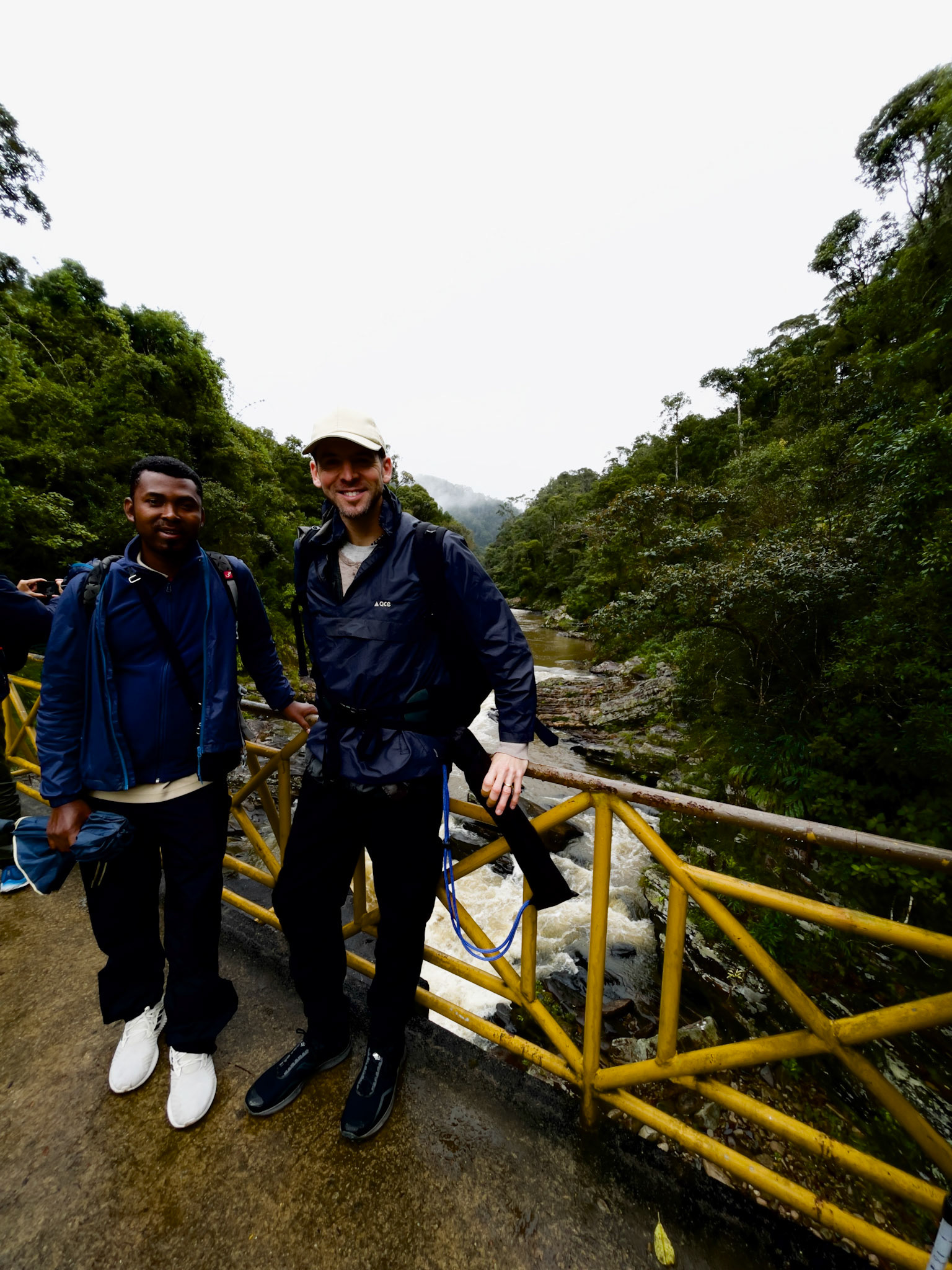
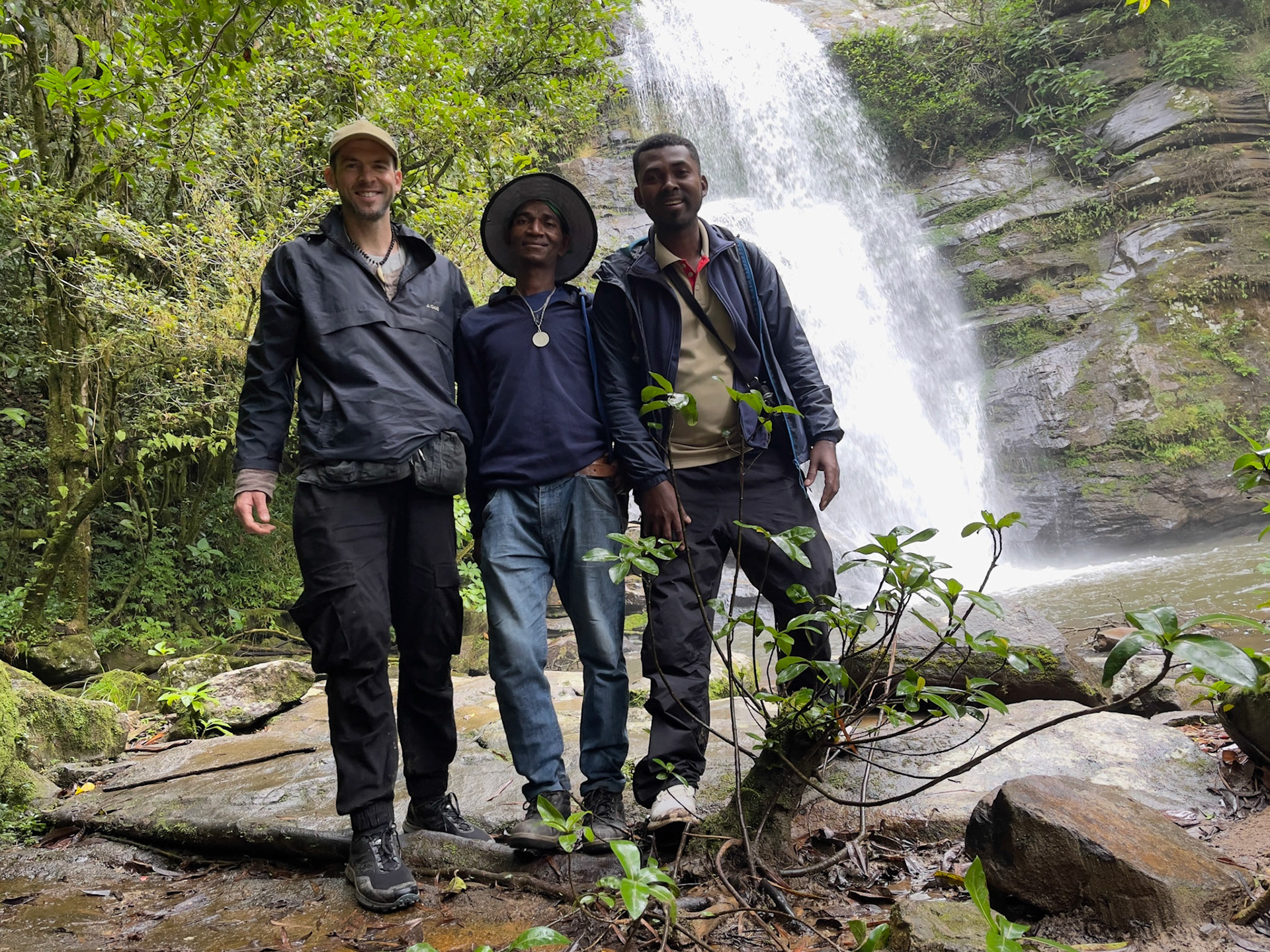
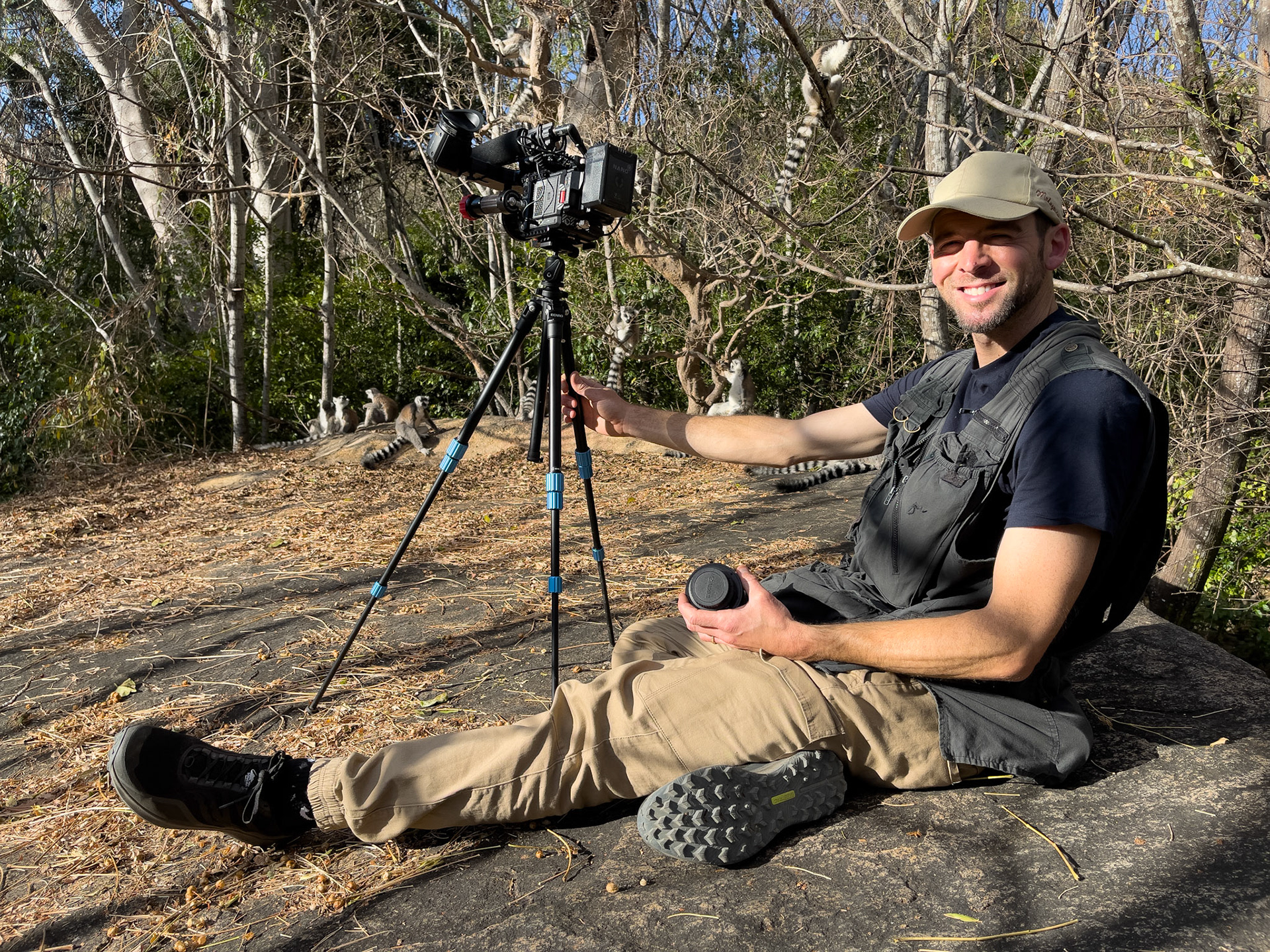
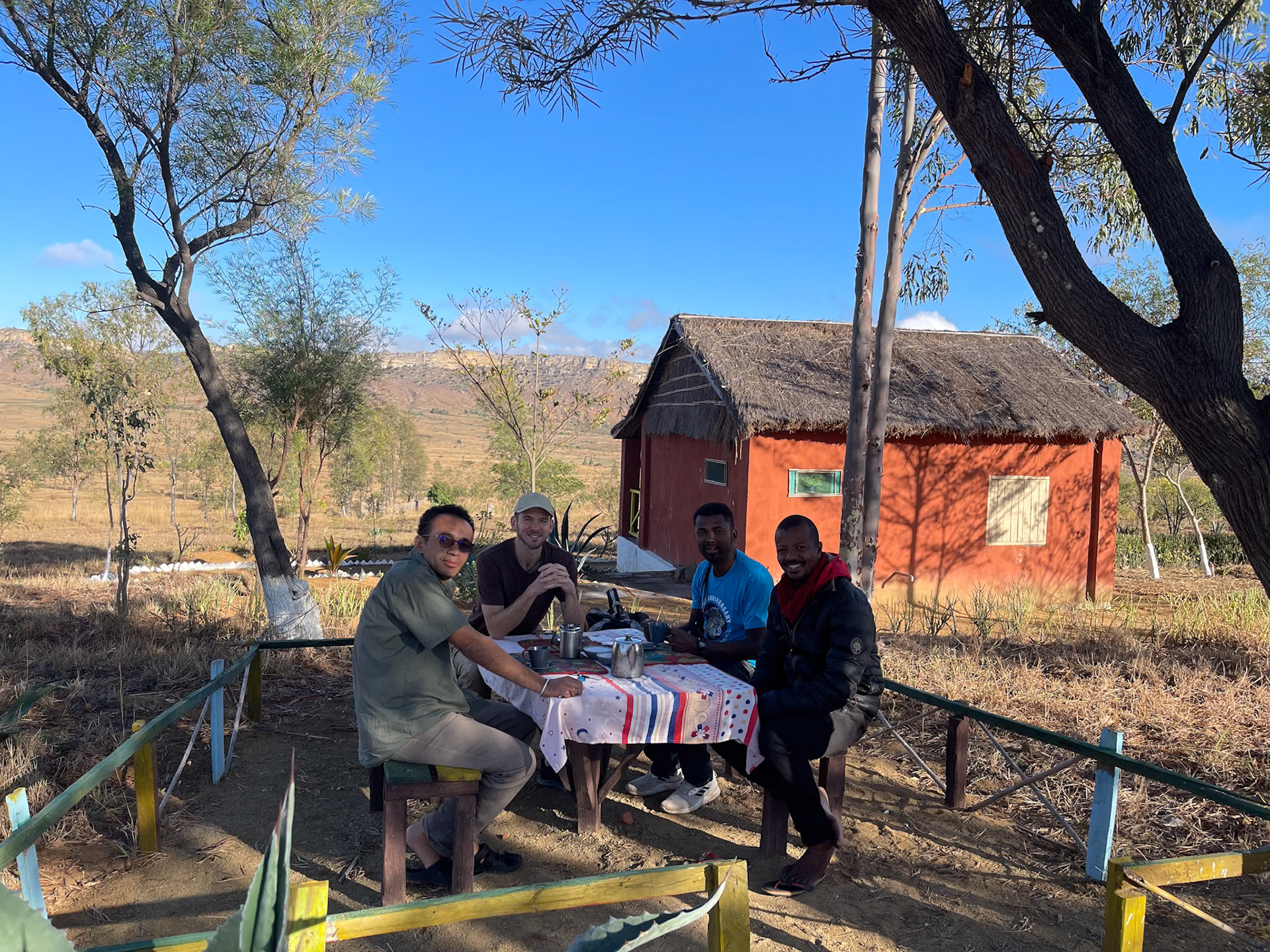
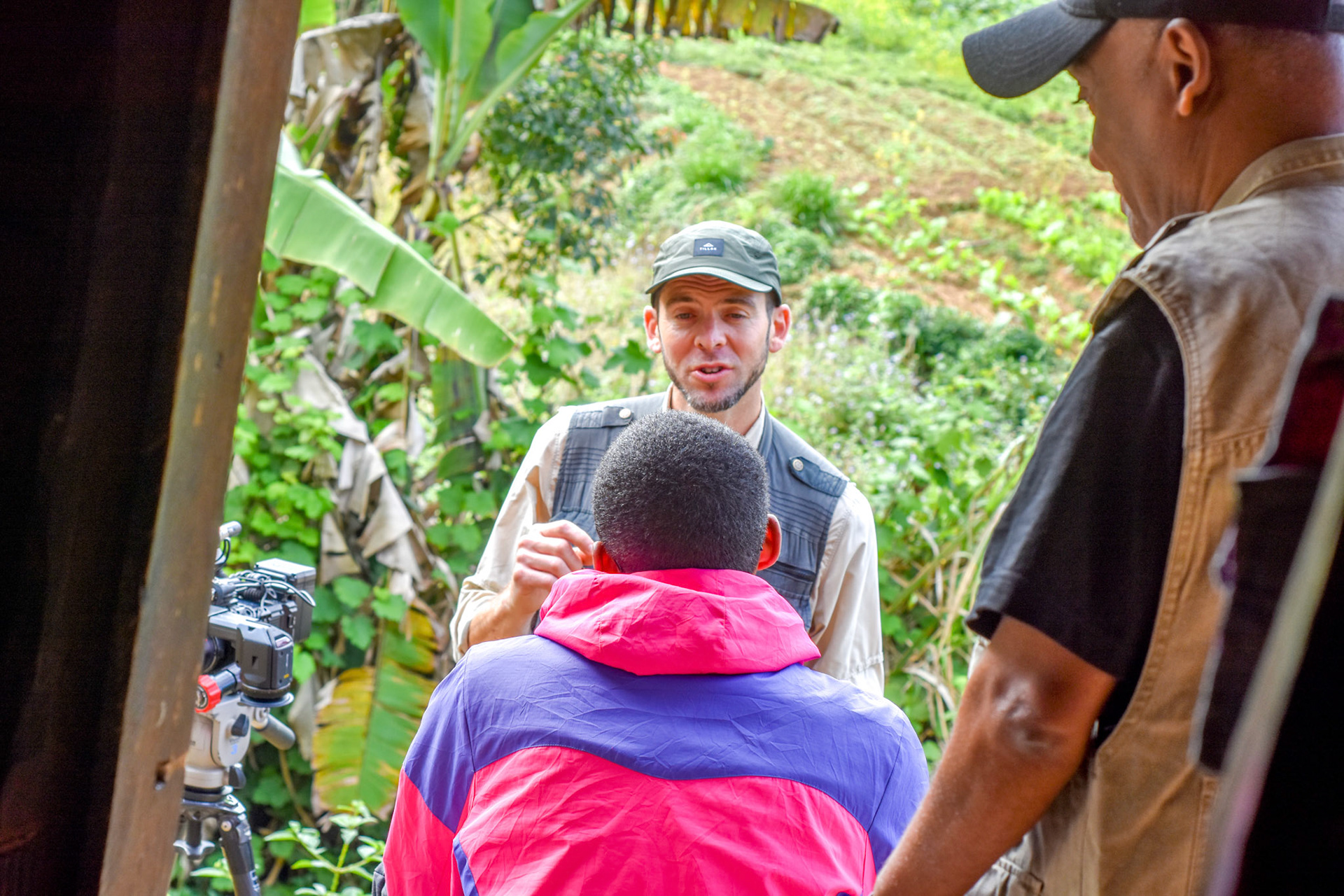
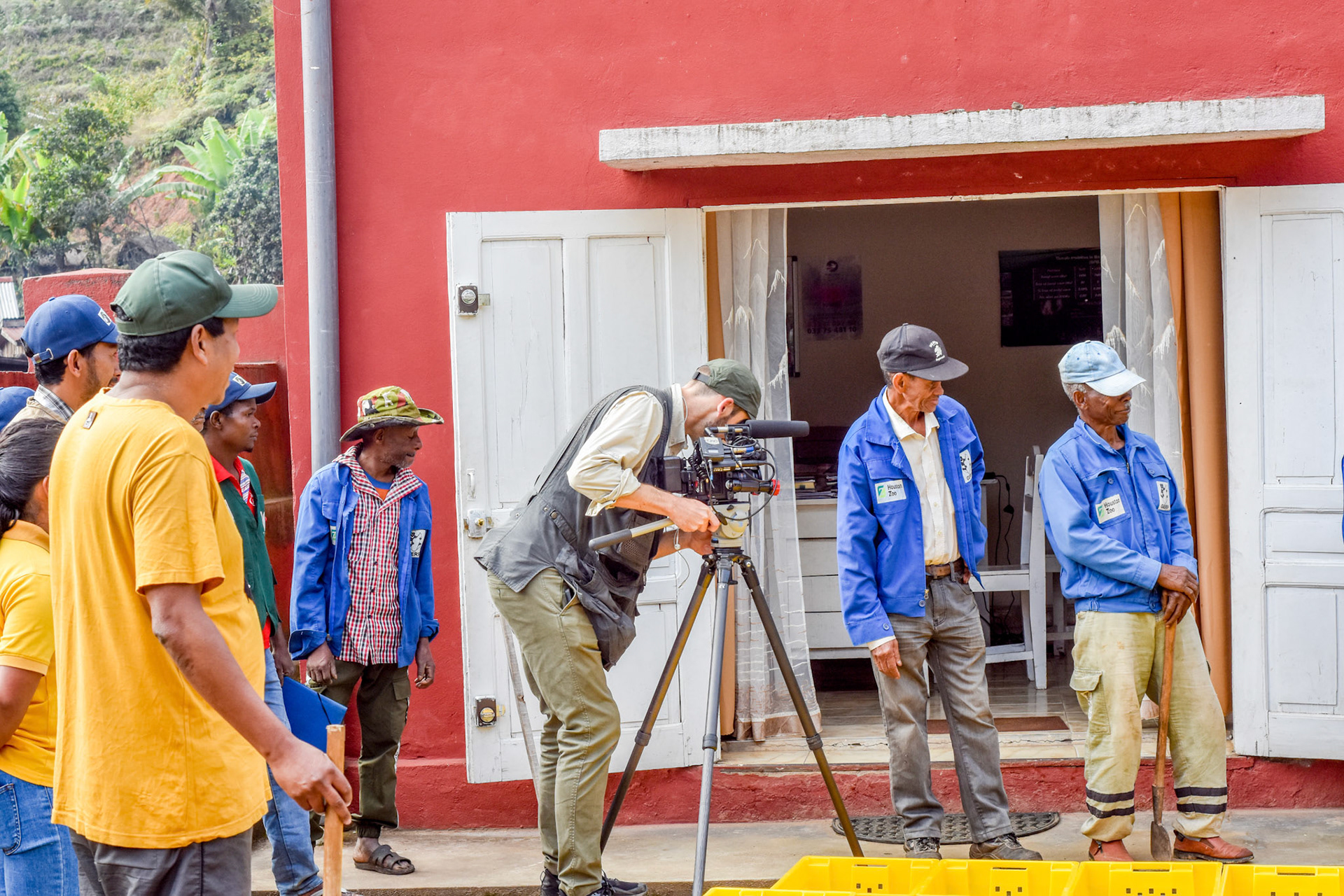
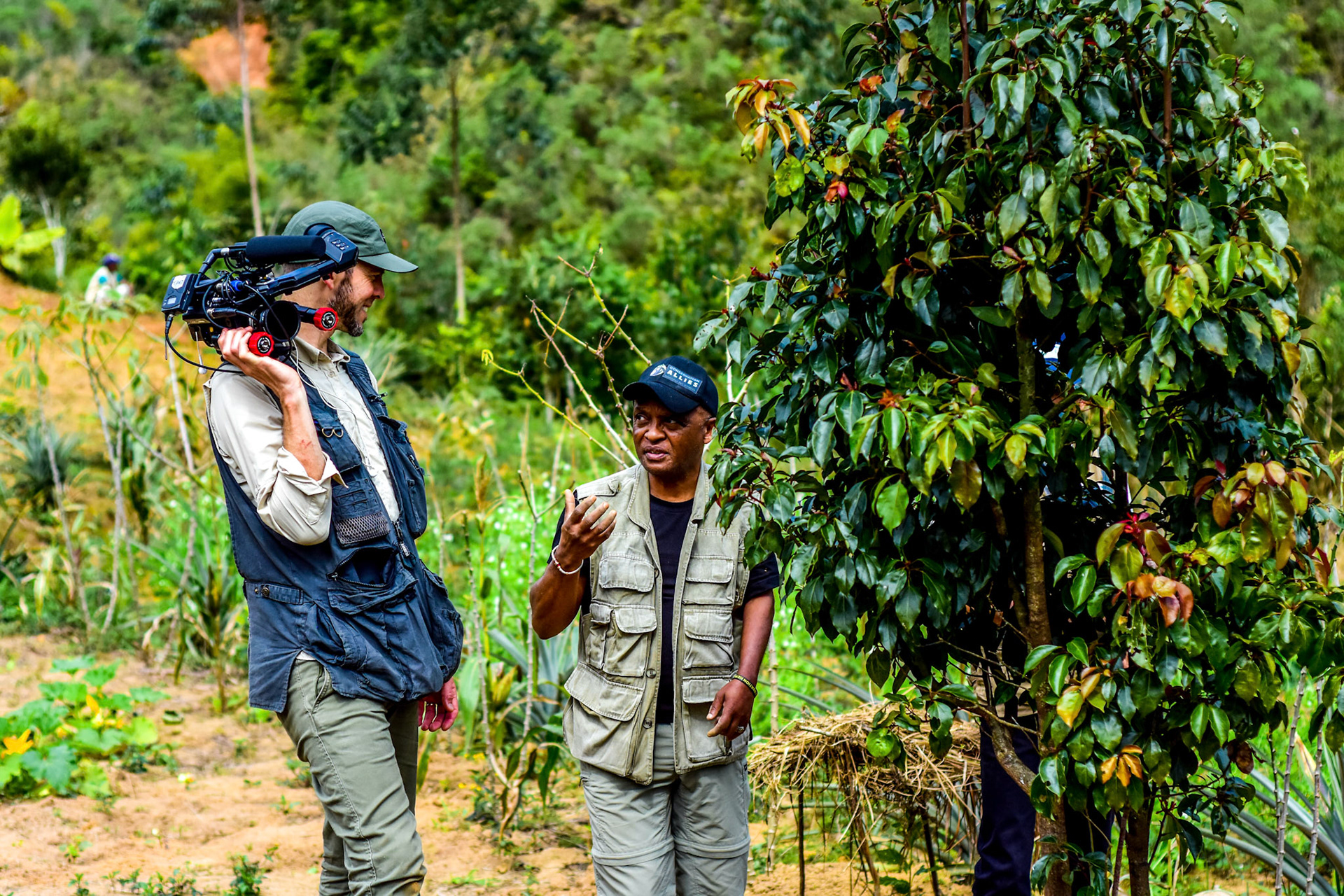
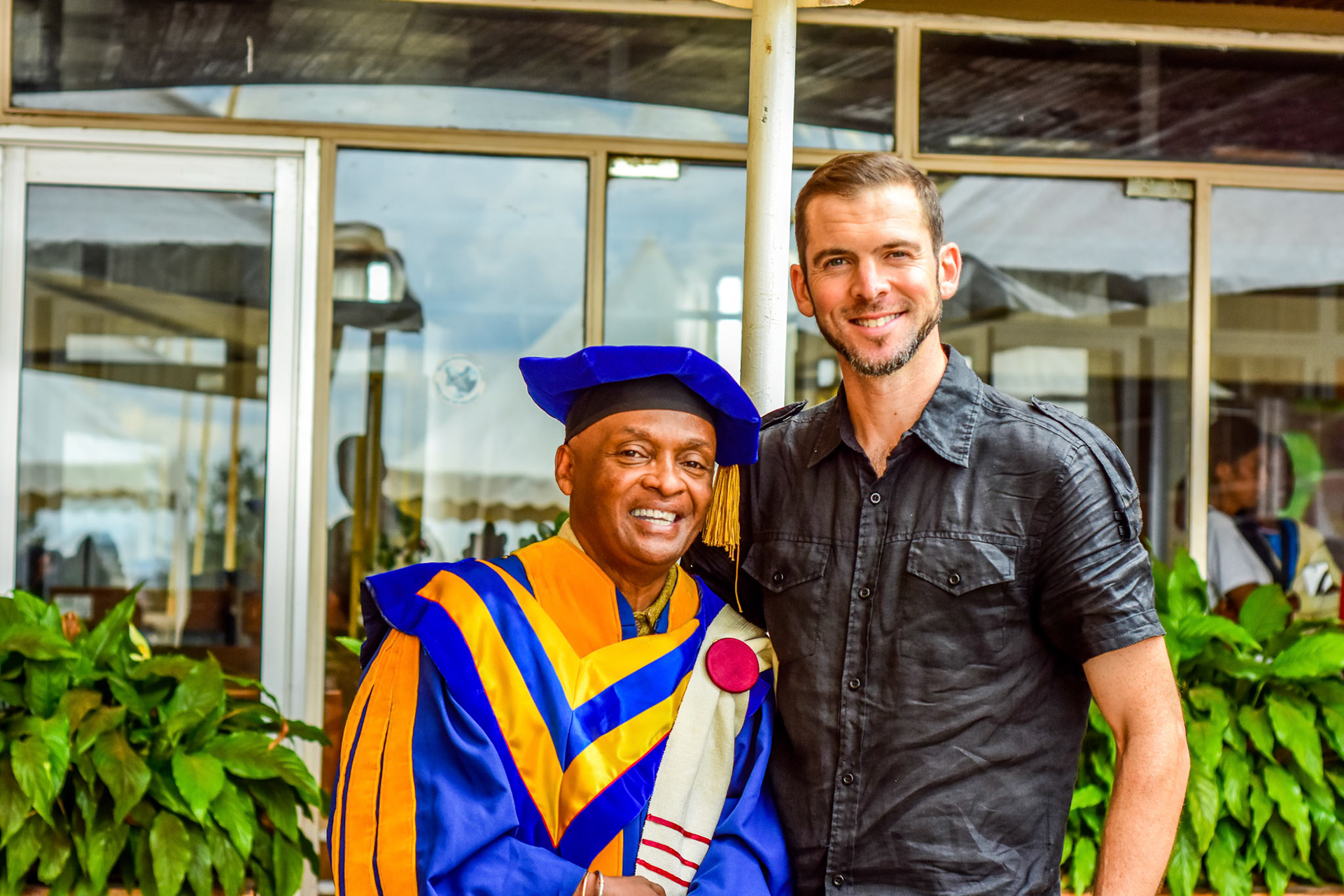
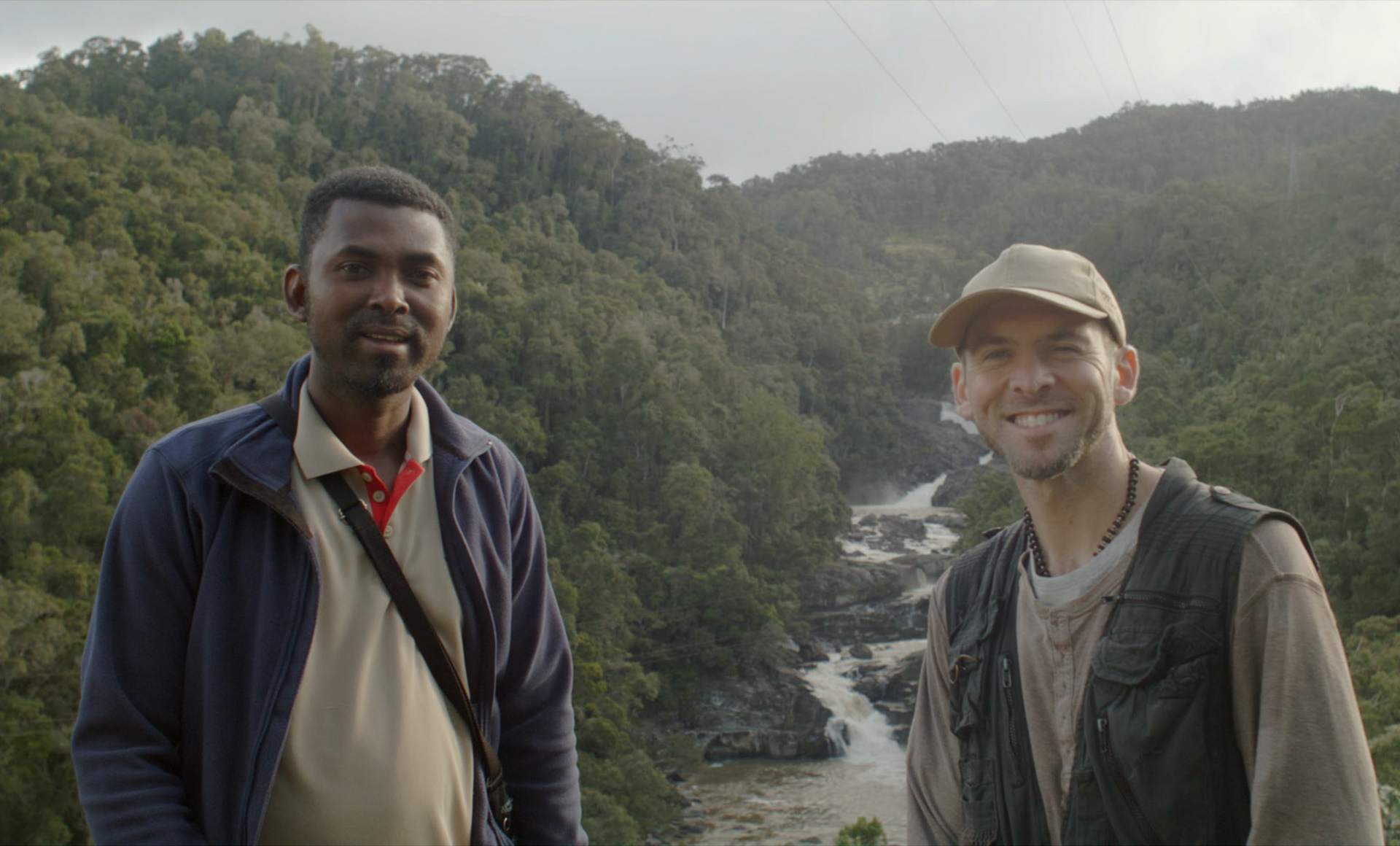
Day 3 Notes:
today i saw women and daughters washing clothes in the river, meticulously scraping the brush over every inch of cloth draped over the rock, and wringing, wringing, wringing out the dirt. I saw a boy at a food stand, preparing colorful spices like a prince and selling to villages, couldn't have been more than 6. I saw four five year olds fighting over a handmade soccer ball woven together by garbage bags and ripped cloth. The bigger kids get the real balls so the younger cherish these and take pride in them. I saw a line of spice vendors on the river bridge, a little girl's head protruding like a turtle above her giant sack of chili. I saw three 10-year-old boys proudly assembling the steering column of a wooden push cart, ready to roll down the big hill for the first time. Here, children learn to do the merciless jobs of their parents at a ripe age.
Day 4 Notes:
In this tribe, once old man dies, he may have amassed up to 100, 200 cows. No one inherits them. Instead, his entire family must travel to his home. They must slaughter and eat every single cow. They cannot leave the house until it is done. They cannot sell a single cow, despite the large sum it would collect. Their lives stop. Work stops. They often stay for months until every piece of meat is consumed. It is done in honor of the old man. The man is buried but there is no formal send off… yet…. Five years later, everyone returns to the burial site. A huge party is held. Final words are said. The women closest to the man dig up his grave and turn his bones. Then they fill in the dirt once again. No one else can watch until they are done. Once finished, everyone can say their final goodbyes.
ring tailed-lemur shots show how they operate in families like us but together even more, sticking with their tribe through life. monogamous, love each other, encounter other tribes (shot of 20 approaching "home" tribe) and male fights for female. once fight is won, male joins that tribe for good. saw a fight start but not finish.,
"The hero is never who they seem to be."